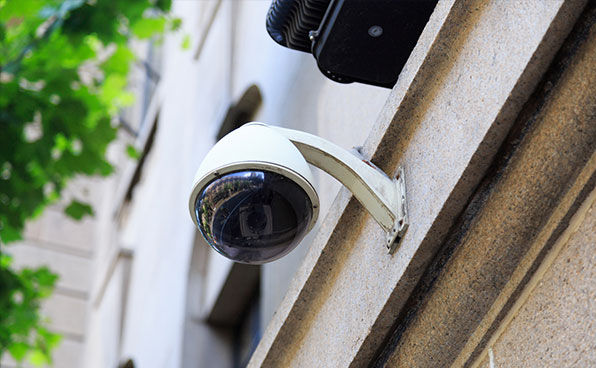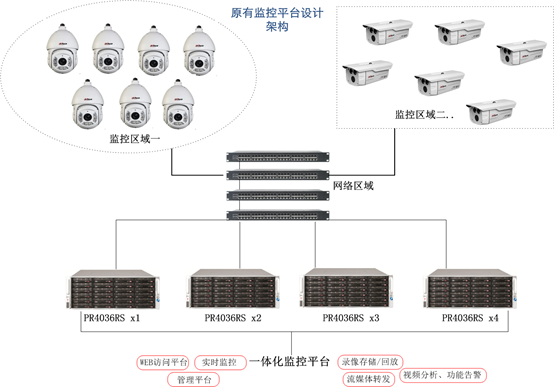
We Are Customer-Centric And Provide Customized Or One-Stop Full-Stack Solutions To Empower All Industries.
The Security Monitoring System Uses Optical Fiber, Coaxial Cable Or Microwave To Transmit Video Signals In A Closed Loop, And Constitutes An Independent And Complete System From Camera To Image Display And Recording. It Can Reflect The Monitored Object In Real Time, Vividly And Truthfully, Which Not Only Greatly Extends The Observation Distance Of The Human Eye, But Also Expands The Function Of The Human Eye. It Can Replace Manual Long-term Monitoring In Harsh Environments, Allowing People To See Everything That Actually Happens At The Monitored Site And Record It Through A Video Recorder. At The Same Time, The Alarm System Equipment Alarms Against Illegal Intrusions, And The Generated Alarm Signal Is Input Into The Alarm Host, Which Triggers The Monitoring System To Record And Record.


After the front-end HD camera collects real-time video encoding and processing, it is transmitted to Dahua’s integrated monitoring platform through the video dedicated network to achieve real-time video decoding preview. The distributed cloud platform maps part of the cloud storage resource pool to the integrated monitoring management platform through the iSCSI protocol for video storage. The solution is designed to store 200 HD cameras for one month.
The entire security monitoring system is divided into a monitoring front-end system, which is composed of multiple high-definition cameras and is responsible for image data collection. The main control system is composed of a dual-channel server, which runs the platform management system, as well as streaming media forwarding and video analysis. The storage system is composed of large-capacity storage servers, and a single server can accommodate 300TB of video files. Video data is collected by the front-end camera and transcoded into video files through the management platform and stored in the underlying storage server.

It provides customers with larger and more reliable storage space to solve the real-time storage problem of 200 channels of high-definition videos.
After the integration of unified storage is completed, all can be managed in a unified manner, reducing the daily workload of administrators and greatly improving IT integration efficiency.
Capacity can be expanded quickly, storage nodes can be added online, and subsequent storage expansion can be deployed quickly and flexibly.